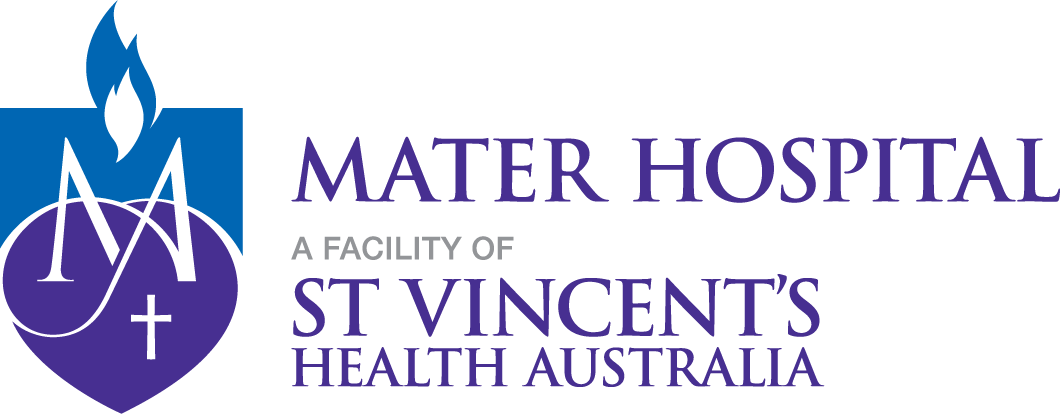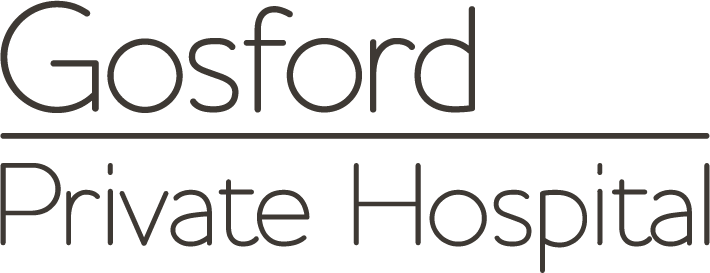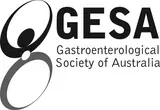Swallowing Disorders
What are Swallowing Disorders?
Swallowing disorders, also known as dysphagia, are medical conditions where a person has difficulty swallowing food, drinks, or even saliva. Swallowing may become painful, slow, or feel like food is “stuck” in the throat or chest. Dysphagia can range from mild to severe and can affect people of all ages, although it is more common in older adults or those with neurological or structural conditions.
Swallowing is a complex process that involves the mouth, throat, and oesophagus working in a coordinated way. A swallowing disorder may occur if any part of this process is disrupted.
Impact of Swallowing Disorders on Anatomy and Health
Swallowing disorders can significantly affect a person’s health and overall well-being. Food and liquid may not travel properly from the mouth to the stomach when swallowing is impaired. This can cause several problems:
- Nutritional deficiencies: Difficulty swallowing may lead to reduced food intake, resulting in weight loss, poor nutrition, and dehydration.
- Aspiration: Food or liquid may go down the airway instead of the oesophagus, increasing the risk of pneumonia and other respiratory infections.
- Discomfort and pain: Swallowing may become painful, creating anxiety around eating and drinking.
- Muscle strain: Repeated efforts to swallow can lead to fatigue or muscle tension in the neck and throat.
In more serious cases, swallowing disorders can reduce a person’s quality of life, cause embarrassment in social situations, and lead to long-term health complications.
Causes and Risk Factors for Swallowing Disorders
Several groups of people are more likely to develop swallowing disorders:
- Older adults: Age-related changes in the muscles and nerves involved in swallowing can increase the risk of complications.
- People with neurological conditions: Conditions like stroke, Parkinson’s disease, multiple sclerosis, and motor neurone disease often affect swallowing ability.
- Individuals with head or neck cancers: Tumours, surgery, or radiation treatment in these areas may damage structures involved in swallowing.
- People with developmental or intellectual disabilities: Some individuals may have difficulty coordinating the muscles used for swallowing.
- Patients with gastro-oesophageal reflux disease (GERD): Chronic acid reflux can lead to scarring or narrowing of the oesophagus.
- Individuals recovering from surgery: Certain surgeries, especially in the neck, chest, or upper digestive tract, can temporarily or permanently affect swallowing.
Symptoms of Swallowing Disorders
The symptoms of a swallowing disorder vary depending on the cause and severity. Common signs include:
- Coughing or choking during or after eating or drinking
- A feeling that food is stuck in the throat or chest
- Pain when swallowing
- Drooling or poor control of saliva
- Frequent throat clearing
- A wet or gurgly voice after eating or drinking
- Recurrent chest infections or pneumonia
- Weight loss or dehydration due to reduced food and fluid intake
- Taking longer than usual to finish meals
- Avoiding certain foods or showing anxiety around mealtimes
Early recognition of these symptoms can help prevent more serious complications.
Prevention of Swallowing Disorders
While not all swallowing disorders can be prevented, especially those linked to neurological conditions or ageing, some strategies can help reduce the risk:
- Manage reflux disease: Treating GERD early with dietary changes, medication, or other interventions can prevent damage to the oesophagus.
- Practice safe eating habits: Eat slowly, chew thoroughly, and refrain from talking while eating to reduce the risk of choking.
- Stay well hydrated: Keeping your mouth and throat moist can make swallowing easier.
- Maintain good oral hygiene: A healthy mouth supports the muscles and nerves involved in the early stages of swallowing.
- Get regular check-ups: Early detection of throat or oesophageal abnormalities can prevent progression to more serious swallowing difficulties.
- Follow-up after stroke or surgery: People who have had a stroke or surgery near the swallowing muscles should be monitored for any changes in swallowing ability.
- Avoid smoking and excessive alcohol: These substances can irritate the throat and oesophagus and increase the risk of cancer and other related conditions.
Types of Swallowing Disorders
Swallowing disorders can be divided into different types based on where the problem occurs in the swallowing process:
- Oropharyngeal dysphagia: This affects the mouth and throat area. People with this type often have trouble starting a swallow, and food or liquid may enter the airway. It is commonly caused by neurological disorders like stroke, Parkinson’s disease, or brain injury.
- Oesophageal dysphagia: This type occurs when food has trouble moving through the oesophagus. It may feel like food is stuck in the chest. Causes include narrowing of the oesophagus (strictures), muscle dysfunction, or acid reflux.
- Functional dysphagia: In some cases, people have trouble swallowing even though no physical cause is found. This is called functional dysphagia and may be related to stress, anxiety, or a coordination issue.
Stages of Swallowing Disorders
Swallowing is a complex action that happens in several coordinated stages. A disorder can occur at any one or more of these stages:
- Oral phase: This is the first stage, where food is chewed and mixed with saliva to form a soft ball (called a bolus). The tongue then pushes the bolus to the back of the mouth. Problems in this stage may include poor chewing, weak tongue movement, or difficulty forming the bolus.
- Pharyngeal phase: In this stage, the bolus moves through the throat. The airway must close to prevent food or liquid from entering the lungs. If this stage is affected, there is a higher risk of coughing, choking, or aspiration (inhaling food or liquid into the lungs).
- Oesophageal phase: This is the final stage, where the bolus travels down the oesophagus into the stomach through muscle contractions. Disorders in this phase may involve narrowing of the oesophagus, reflux, or weak muscle activity that slows down the process.
Diagnosis of Swallowing Disorders
Diagnosing swallowing disorders involves a combination of clinical assessment and specialised tests. The process typically begins with a visit to a general practitioner (GP) or speech pathologist, who may conduct a brief screening and inquire about symptoms. If necessary, you may be referred for further testing, such as:
- Swallowing assessment by a speech pathologist: This may include observing how you eat and drink different textures and liquids, checking your ability to chew, swallow, and protect your airway.
- Modified Barium Swallow (MBS): This video X-ray shows the swallowing process in real time. You swallow different consistencies mixed with barium, and a radiologist watches how the food moves through your mouth, throat, and oesophagus.
- Fibreoptic Endoscopic Evaluation of Swallowing (FEES): A thin tube with a camera is passed through the nose to view the throat while swallowing food or liquid. It helps detect aspiration or incomplete swallows.
- Barium Swallow: A thick liquid is swallowed while a series of X-rays are taken to observe how the oesophagus moves and contracts during swallowing.
- Oesophageal manometry: This test measures pressure and muscle function in the oesophagus and is often used when an oesophageal problem is suspected.
- Endoscopy: A flexible tube with a camera is inserted through the mouth to look for blockages, inflammation, or other abnormalities in the oesophagus.
These tests help determine the cause, type, and severity of the swallowing disorder.
Treatment of Swallowing Disorders
Treatment depends on the underlying cause and severity of the disorder. It often involves a team approach that may include GPs, speech pathologists, dietitians, ENT specialists, and gastroenterologists.
- Swallowing therapy: A speech pathologist may teach exercises to strengthen the muscles used in swallowing and techniques to improve safety and efficiency. These may include adjustments to posture or the use of different swallowing strategies.
- Modified diets: Some people may need to avoid certain textures of food and drink. Thickened fluids or soft diets can make swallowing safer and more comfortable.
- Medications: If reflux, inflammation, or muscle problems are involved, medications may be prescribed to reduce acid, relax muscles, or manage pain.
- Surgical options: In cases where structural issues (like strictures or tumours) are causing the disorder, surgery may be needed to remove the blockage or insert a feeding tube temporarily or permanently.
- Lifestyle changes: Avoiding alcohol, quitting smoking, eating slowly, and sitting upright during meals can help manage symptoms.
- Nutritional support: A dietitian may assist in planning meals that meet nutritional needs while being safe to swallow.
What if Swallowing Disorders are Untreated?
If left untreated, swallowing disorders can lead to serious health complications, especially in older adults or those with chronic conditions:
- Aspiration pneumonia: This happens when food or liquid enters the lungs, causing infection. It can be life-threatening, especially in people with weakened immune systems.
- Malnutrition and dehydration: Difficulty eating or drinking may result in poor nutritional intake, weight loss, and weakness.
- Reduced quality of life: Eating is often a social activity. Struggling to eat or drink can cause emotional distress, social withdrawal, and anxiety around meals.
- Airway obstruction: Severe swallowing difficulty may result in choking, which is a medical emergency.
- Delayed diagnosis of underlying conditions: In some cases, dysphagia may be the first sign of a more serious issue such as cancer, neurological disease, or autoimmune disorders. Ignoring it can delay important treatment.
Timely intervention improves safety, nutrition, and well-being. If you or someone you care for shows signs of a swallowing disorder, seek professional assessment as soon as possible.













